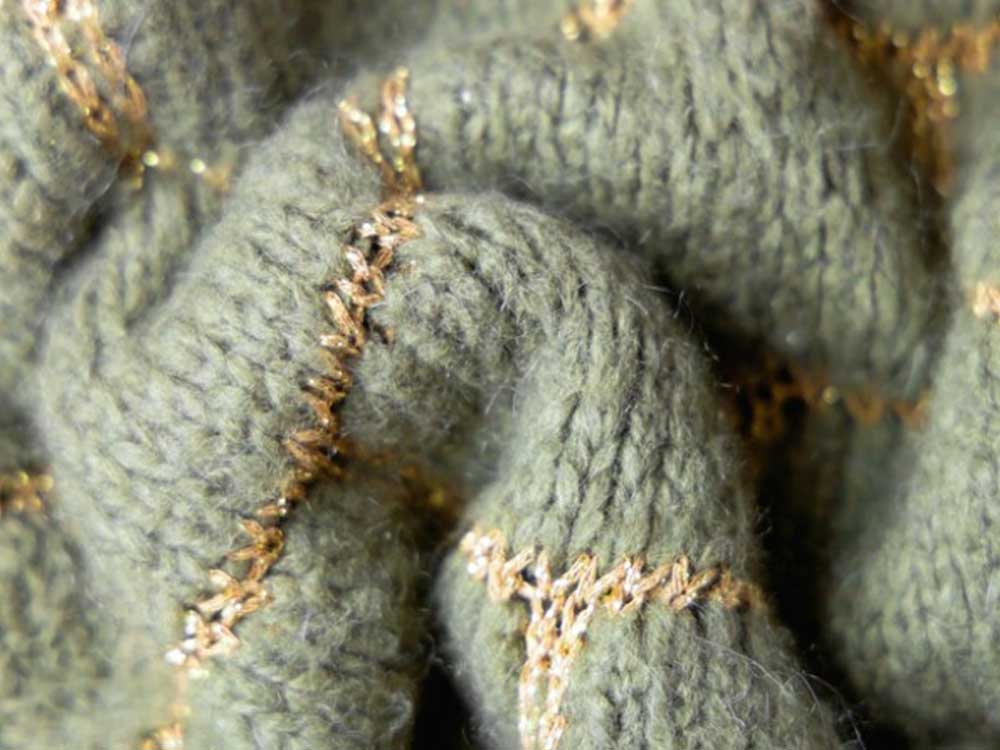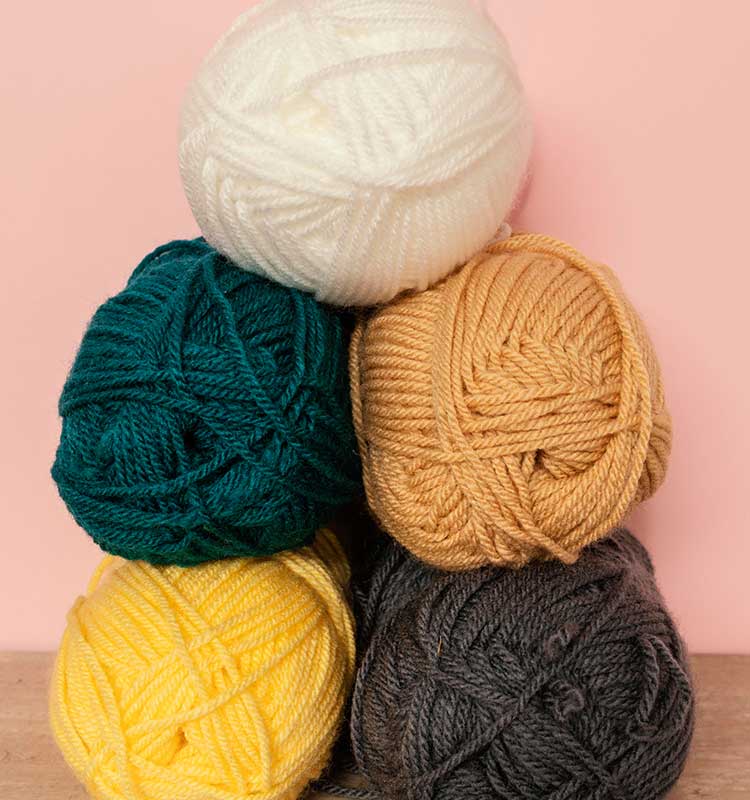World Class Textile Producer with Impeccable Quality

World Class Textile Producer with Impeccable Quality

Knit fabrics can be traced back to long historical events, starting from the handiwork of ancient people. From the Middle East to Europe, knit has come through several old civilizations and some forms of making to be prominent enough today. The more advanced version of knitting techniques was found during the period of the Renaissance. The shift from the 14th century to the 20th century in the evolution of knit fabrics has been dramatic. Knit fabrics gained momentum in the 19th century with the coming of circular knitting machines and since then, the fabric has been trending in the textile industry.
Knit fabric refers to the finished garment that involves the process of knitting. Here, knitting means the use of more than two needles to loop yarn in several interconnected loops. Knitting is said to have come from both European culture and overseas trade.

Although the origin of knitting is in the Middle East, knitting then went to Europe through the trade routes of the Mediterranean. Knitting started becoming popular during the 17th and 18th centuries.
It is considered that knit fabrics are a timeless art. Although the invention of knit is traced back to the first millennium C.E., the earliest experiences of knitting are from Muslim countries. Before knitting, there was a craft named nalbinding that had been around for an extended period. Nalbinding is nothing but a series of interlocked loops used with a threaded needle. However, the significant difference lies in the construction of the yarn.
Knitting is known to have been born a few years ago. It is the process of fabric formation by which there is the production of a series of intermeshed loops. Where hand weaving requires the obligations of loops, hand knitting has been in practice for many years.
The techniques of knitting were first found in Egypt. From there, knitting started to spread to Europe. Knitting came as an established method for producing items. For instance, stockings and gloves. In the medieval era, stocking was the first popular knitted item due to their closed-fit nature and stretchability. When the knitting process gained enough prominence, knitting guilds were established to protect the livelihood of professional knitters.

Knit fabrics have their past in hand knitting as one of the significant crafts of the 14th century. At that time, knitting started to spread in European regions. As hand-knitted items, stockings achieved increasing popularity because of their durability, warmth, and comfort. Stockings were an essential garment in that period for both men and women.
Knitting was also a prestigious skill among the elites. With its widespread popularity throughout Europe, knitting stockings gained popularity as a respected craft. Knit fabrics history is also associated with the revolutionizing of the spinning process. The man behind the idea of spinning was none other than Richard Arkwright. It is interesting to see how a British inventor made a giant leap in releasing the water frame, ultimately improving the yarn quality. Besides, the quality of yarn has highlighted its effect on the Industrial Revolution and knitting textiles.
Knit fabrics, as machines, first came as the first circular machines with easier processes by the 19th century. There is also the warp knitting machine that increases the fabric production at a time. This machine type was introduced in the year 1856 by Matthew Townsend.
The knitting process evolution continued in the 20th century. Instead, in the 20th century, the knitting process experienced another giant leap. It was the time when there was the creation of synthetic fibers. Multi-colored designs are something new in terms of designs and Jacquard technology helped in introducing it in the 1980s.
The Industrial Revolution shaped the evolution of knit fabrics. It marked a turning point in the mechanization phase as well. There are overall three phases that come under the mechanization of the knitting process in textile production. For instance:
Hand-knitting at the time of the 16th century started becoming slow-paced. William Lee, who was an English clergyman, first invented the mechanical knitting machine as the stocking frame in 1589.

With his invention, the production of stockings became revolutionized in a quicker and more uniform form. This change is also marked as the beginning of machine-knit fabrics.
William Lee’s knitting frame could scale up and meet the growing demand. The shift from hand-knitting to machine-knitting is quite visible. Not only did the mass production of garments reduce the time, but also it reduced the labor needed for the manufacturing process. In terms of creating complex patterns and designs, knitting machines continued to evolve in a broader range.
The rise of circular knitting machines in the 19th century also boosted efficiency. From being a cottage industry to being a part of a larger textile economy, knitting came as elaborated fashion items.
The Industrial Revolution had an enormous impact. It had impacts on both fashion and the economy. The use of machine-turned-knit fabrics is more affordable. It is available throughout the world. Besides, here are some other impacts of knit fabrics on fashion:
With the advancement of technology, contemporary knit fabrics have experienced a dramatic shift in terms of innovation and sustainability. From fashionable items to activewear, knit fabrics are now in popular demand using cutting-edge developments.
Knitting machines are advanced now as they produce seamless garments. On the other hand, warp knitting machines create fabrics that are stretch-resistant in terms of technical applications. These technologies are quicker and more precise.

3D knitting allows textile manufacturers to create fully-formed garments. With the help of this technology, garments are now available in more customized form with specific body shapes and needs.
Knit fabrics have become a staple thing in the activewear industry. The fabric offers properties, for instance, breathability, moisture-wicking, and stretchability on sportswear. The addition to spandex creates form-fitting garments that move the body. These fabrics regulate body temperature and make them fascinating for outdoor apparel.
In this era of buzzing fashion, sustainability is now a prime concern from the perspective of the environment. With the coming of 3D knitting machines, fabrics are now seamless enough to minimize excessive materials. Also, the shift towards zero-waste knitting helps reduce landfill waste, energy, and resources in the production of knit garments.
Knit fabrics have a variety of applications in everyday life. For instance:
Knit fabric has its beginning in Medieval Europe. Since then, knitting has emerged as a craft in the 14th century. It is a new form of fabric with practicality and versatility. The fabric offers stretch and warmth. The popularity of stockings and knitted items reshaped the way knitting evolved. It became a symbol of functionality and fashion.
The rise of knitting guild establishments has a direct reflection on local economics. Knitting is still produced by hand, but future advancements are near. The evolution of knit fabrics laid the foundation for the elite since the Medieval period. It has become diverse in the form of applications, for instance, knitwear from everyday wear and fashion.